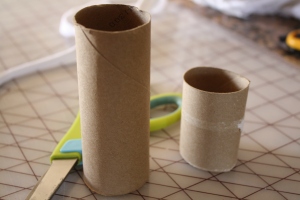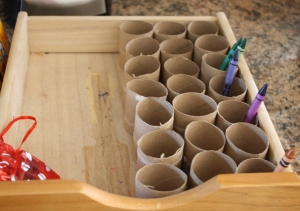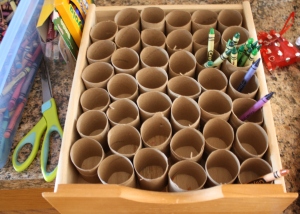Get all the advice and instruction you can, so you will be wise the rest of your life.~ Proverbs 19:20, NLT
These are the scores from my test. I have taken these types of test before so my scores are no surprise to me. I have three strong strengths and a couple minor ones. As you can see, I use all learning styles and it usually depends on the task.
The scores are out of 20 for each style. A score of 20 indicates the style is used often.
Style Scores
Visual 16
Social 9
Physical 16
Aural 6
Verbal 10
Solitary 13
Logical 16
I do prefer using images, pictures, colors, diagrams and maps to organize information and to communicate my thoughts. I can easily visualize objects, room plans and design ideas. I sew and I can take a look at a piece of fabric and see the finished product. I also have a good spatial sense, which means I have a good sense of direction.
I use underlining, highlighting, and jotting notes adding stars or check marks. I like an organized space with color supporting my organization. I have a good sense of furniture placement and color coordination.
When I teach, I use a lot of visuals. I circle, underline, draw awful pictures (I am not an artist), I use charts and pictures. I love the white board and all of the color markers I can use in my lessons.
If I was dominant in any style, I would have thought it would be this one. I talk with my hands no matter what the situation! I am a mover; I don’t like to sit in one place for long and like to keep busy when I am. I am also tactile, which means the feel of things factors into my learning. When I shop I feel the fabric because that means as much to me as the look of an object. Gardening and sewing are some of my favorite activities because I am moving and manipulating the items I have selected. I read and listen to podcast and think out problems while I exercise. I would rather go for a walk or clean the house if something is bothering me.
However, because I am also visual, if I am not comfortable with a project, I will seek out plans, drawings and instructions instead of just jumping in and working with the objects.
I am a logical thinker. I look for patterns and connections to help me understand and learn content.
I don’t typically work out problem in my head because I am visual and kinesthetic I like to see and work through calculations. However, I am very systematic; I create charts and lists and organize my routines very precisely so I use my time constructively.
I use examples from research or from information I have read to back up my statements. I am not always grammatically correct, but I can usually pick it out when I hear or see it is incorrect.
I know, strange for a teacher. I earned my Masters online and now I am blogging. Remember, this is one of my learning styles and it is a 13/20 so I would consider it a minor strength. I decided to pull the statement below directly from the information on the test results site because it explains me quite well in this style.
“If you have a solitary style, you are more private, introspective and independent. You can concentrate well, focusing your thoughts and feelings on your current topic. You are aware of your own thinking, and you may analyze the different ways you think and feel.
You spend time on self-analysis, and often reflect on past events and the way you approached them. You take time to ponder and assess your own accomplishments or challenges…
You like to spend time alone. You may have a personal hobby. You prefer traveling or holidaying in remote or places, away from crowds.
You feel that you know yourself. You think independently, and you know your mind. You may have attended self-development workshops, read self-help books or used other methods to develop a deeper understanding of yourself.
You prefer to work on problems by retreating to somewhere quiet and working through possible solutions. You may sometimes spend too much time trying to solve a problem that you could more easily solve by talking to someone.
You like to make plans and set goals.”
I am not dominant in any one category so I don’t have all of the strengths in one category; this is a good thing in my profession. I also know I need to have an understanding of each of the learning styles in order to help my students identify their strengths and to know that they may have many and are able to look at a problem or a lesson in many ways in order to gain understanding from it.
After taking the test for yourself, did you find that you understood yourself a bit better? Think of how our students will feel when they discover their learning styles.
In the next few posts I will offer classroom, homework, and lesson ideas to help you and your students use the learning styles to achieve the objectives in each lesson.















